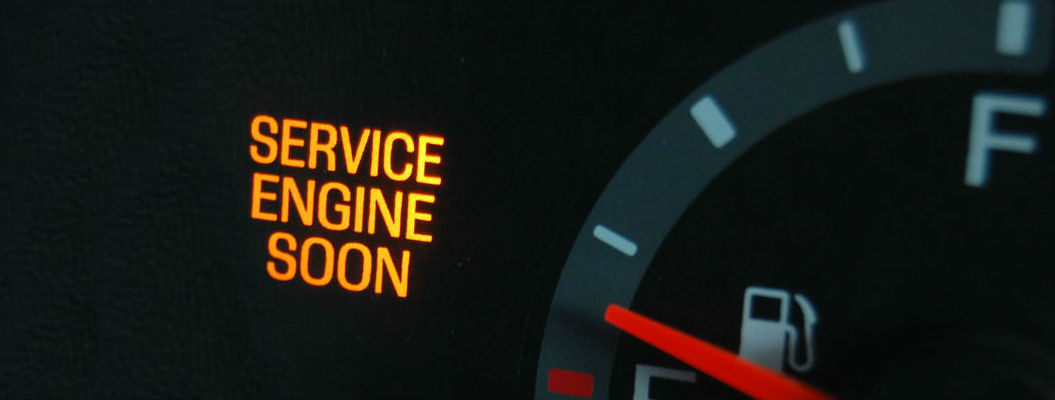What Is Cylinder Misfire
Cylinder misfire occurs when gas & fuel mixture cannot burn properly during engine running process due to various reasons. Misfire may cause damage to a catalytic converter. Because of that MIL (malfunction indicator lamp) will start flashing and engine must be shut off immediately at this moment. Driving with cylinder misfire can be dangerous, as you can potentially get into a car accident if the car stalls or loses power as a result of cylinder misfire.
Before you begin, please read the legal disclosure page here.
OBD-II Diagnostic Trouble Codes
When a cylinder misfire occurs, ECU (Engine Control Unit) will generate one or several DTC’s (Diagnostic Trouble Codes) such as P0301, P0302, P0303, P0304, P0305, P0306, P0307, P0308, P0309, P0310, P0311, or P0312. Last two digits of the DTC codes indicate what cylinder is misfiring. For example, P0303 means misfire was detected in cylinder # 3. Error code P0300 indicates that random or multiple cylinder misfires are detected, which is when misfiring is intermittent and it is not happening all the time, or when it is happening inside multiple cylinders simultaneously.
Required Tools
You can use OBD-II compliant car diagnostic tool to read Diagnostic Trouble Codes from car’s onboard ECU to determine what cylinder(s) is having problems. You will know exactly what cylinder is having misfire instead of trying to guess it blindly. Most auto-parts stores will scan your car for free, but if you have distinctive cylinder misfire symptoms and blinking “Check Engine” light, it is better not to drive your car.
That’s when having your own OBD-II diagnostic tool comes in very handy. You don’t have to buy an expensive one. You can pick up simple and affordable diagnostic tool online starting at $10-15, and it will read diagnostic trouble codes just fine. I personally have two OBD-II scanners, one for each car, and always keep them in glove box compartment for emergencies or when I’m away from home. I purchased my first basic entry-level diagnostic tool a few years ago and recently acquired another slightly more advanced one. That’s number one thing to have if you consider getting into DIY car repairs.
Symptoms
- Blinking “Check Engine” light
- The engine may start shaking, stumbling, jerking or hesitating
- Poor performance and loss of power
- The engine may be harder to start or it may stall at idling
- Heavy engine vibration as you accelerate or when the engine is idling
- Backfiring
- Smoke from unburnt fuel
Causes
Most common causes of cylinder misfire are as follows:
- Bad, worn or damaged ignition coils, fuel injectors, spark plugs or wires
- A fuel injector is clogged, dirty or malfunctioning
- Air leak or low fuel pressure
- Weak fuel pump, clogged fuel filter or leaky fuel pressure regulator
- Leaky EGR valve
- Faulty oxygen sensor
- Stuck open PCV valve
- Poor compression
- Air leakage in the intake manifold
- Defective ECU
- Mechanical issues of the cylinder
Solutions
I will be using 2007-2012 Nissan Altima with 2.5L engine as an example, but you can apply same concepts to fix cylinder misfire on many other cars. (Click on available links to see more information)
-
- If you didn’t notice any of the symptoms described above, try to reset DTC codes using a diagnostic tool and see if they come back
- Replace old or faulty spark plugs, especially if you haven’t done that in a while
-
- If necessary replace faulty fuel injectors
- Check and replace spark plug wires, distributor cap, and rotor (if applicable)
- Faulty oxygen sensor(s) could be another reason for cylinder misfire – replace them if necessary
- Check cylinder compression
- Check and if necessary replace PCV valve

